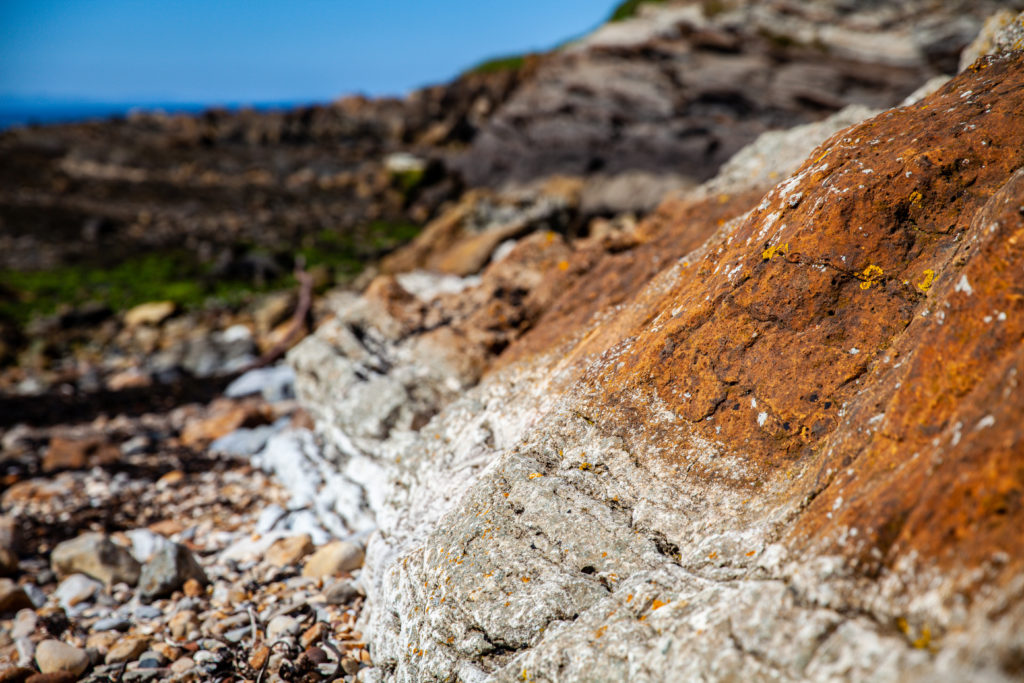Researchers:
- Dr James Rae – School of Earth and Environmental Sciences
- Dr Paul Webb – School of Chemistry
The dissolution of carbon dioxide in seawater and its subsequent reaction with marine limestone removes carbon dioxide from the atmosphere and stores it in the ocean as bicarbonate. This process has repeatedly operated in Earth’s history, drawing down gigatonnes of carbon following large volcanic eruptions. The research project explores the potential of harnessing this natural process for the capture of anthropogenic carbon dioxide at the point of emission. This “Accelerated Weathering of Limestone” could be used to capture carbon dioxide from difficult-to-decarbonise energy and industry sources (e.g. cement production) or be paired with biomass power to provide a novel capacity for negative emissions.

Photography: Olivia Booker